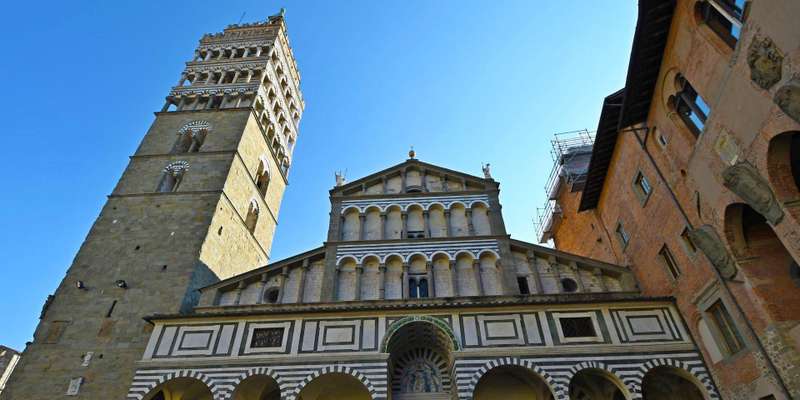- Home
- Useful Tips
- Where to find authentic...
Finding authentic Pistoian textiles can feel like searching for hidden treasure. With mass-produced imitations flooding tourist shops, 72% of visitors leave Tuscany uncertain if their purchases are genuine. The frustration of overpaying for low-quality replicas or missing out on heirloom-quality pieces lingers long after your trip ends. Pistoia's textile legacy dates back to the 13th century, yet few travelers know where to find workshops preserving these ancient techniques. This disconnect between expectation and reality leaves many feeling they've missed the true heart of Tuscan craftsmanship – until now.


Why Pistoian textiles deserve your attention
Pistoia's textile tradition represents a living museum of Italian craftsmanship. Unlike factory-made souvenirs, authentic Pistoian linens showcase centuries-old techniques passed through generations of artisan families. The city's unique jacquard weaving produces fabrics so durable they often outlive their owners, with patterns inspired by medieval Tuscan designs. Local artisans still use natural dyes from plants grown in the Appennines, creating colors that deepen beautifully with age. These textiles carry stories in every thread – from the convent-trained embroiderers to the innovative weavers who adapted ancient methods for modern homes. When you hold a genuine Pistoian tablecloth or bedspread, you're touching a piece of cultural heritage that fast fashion can't replicate.
Decoding authentic Pistoian textile markers
Spotting real Pistoian textiles requires knowing what distinguishes them from imitations. Genuine pieces always bear the 'Tessuti Pistoiesi' trademark – a quality certification granted only to workshops meeting strict production standards. Examine the fabric's reverse side; authentic jacquard weaving shows nearly identical patterns on both sides, while machine-made versions appear flat. Hand-embroidered items will have slight imperfections in stitch spacing that reveal their human touch. The heft matters too – Pistoian linen should feel substantial (minimum 200g/m²) with a crisp hand that softens over time. Listen for a distinctive 'crunch' sound when squeezing the fabric, a telltale sign of pure flax linen. These details matter because true Pistoian textiles become family heirlooms, not disposable decor.
Local-approved textile shopping destinations
For guaranteed authenticity, visit the historic workshops along Via degli Orafi in Pistoia's city center. Family-owned establishments like Tessitura Pistoiese have operated since 1946, offering guided tours of their looms alongside purchases. The monthly Mercato del Tessile in Piazza del Duomo (first Sunday of each month) brings together rural artisans rarely found in stores. Don't overlook smaller villages; in Quarrata (15 minutes from Pistoia), cooperative workshops sell directly to visitors at fair prices. Many hidden gem producers don't advertise online, so ask locals for 'botteghe tessili' recommendations – hotel concierges often know which artisans welcome visitors by appointment. These locations preserve the tradition while adapting to contemporary tastes with custom monogramming and modern color palettes.
Smart purchasing strategies for textile lovers
Timing your visit can significantly enhance both selection and value. Late spring offers the widest inventory as artisans prepare new collections for summer weddings. Consider commissioning custom pieces months before your trip through local weavers' associations – this secures heirloom-quality items at workshop prices. For ready-made purchases, focus on versatile neutral-toned basics that mix with existing decor. A well-chosen set of four napkins often costs less than a tablecloth but carries equal artistry. Many workshops provide certificates of authenticity and detailed care instructions; always request these documents. If luggage space is limited, reputable artisans will ship internationally – just confirm VAT refund eligibility beforehand. Remember that authentic Pistoian textiles appreciate in both sentimental and monetary value, making them among the smartest souvenirs you can bring home from Tuscany.
